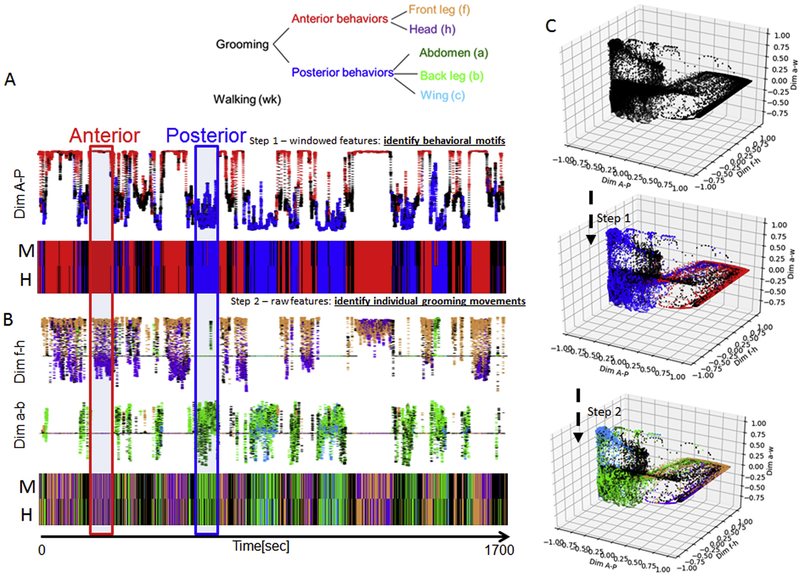Figure 5. Classification of grooming movements using two time-scales.
A: Longer Timescale (Step 1): The 30 spatiotemporal features, smoothed over a 3 second window, are sufficient to reliably separate broad behavioral motifs (anterior grooming - red, posterior grooming – blue, and walking - black). The motifs are separated by Linear Discrimination Analysis (LDA) trained by human labels. The y-axis is the LDA-obtained dimension (Dim A-P) which best separates anterior behaviors from posterior. The colors are human labels. Dynamic thresholds are then used to produce ethograms of the behavioral motifs. An ethogram thus produced by the automatic method (M) is compared to that labeled by humans to illustrate agreement (H).
B: Shorter Timescale (Step 2): Using the 30 spatiotemporal features and no smoothing (time window of one frame or 33msec) enables the three behavioral categories, identified in A, to be further subdivided into 5 classes that correspond to the individual grooming movements (IGMs) as recognized by human observers. As in A, the LDA is used sequentially to separate pairs of IGMs from each other, using human labels. The LDA-obtained dimensions that best separate IGMs (Dim f-h and Dim a-b) are shown (see color legend above). The classification was performed separately for anterior behaviors (Dim f-h) from posterior behaviors (Dim a-b). Human (H) and machine-produced (M) ethograms obtained by this method are shown for comparison.
C: For both time-scales, the classification of behaviors is done by LDA. This is illustrated schematically in three dimensions obtained by LDA, with the color code corresponding to the human labeled behaviors at each step (see color legend above). First (Step 1), all of the data is clustered into the three broad behavioral motifs. Then (Step 2) the data is further divided into six classes corresponding to the IGMs.

